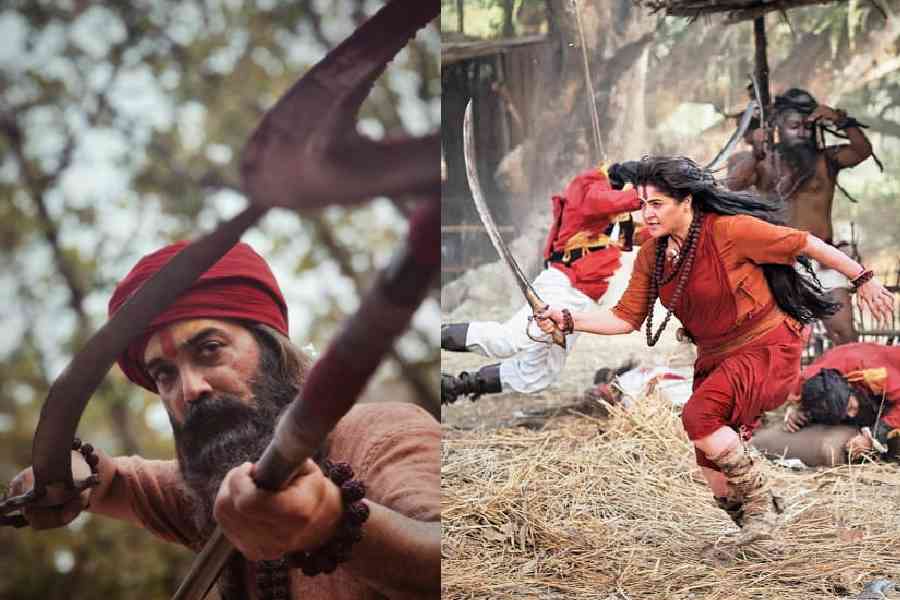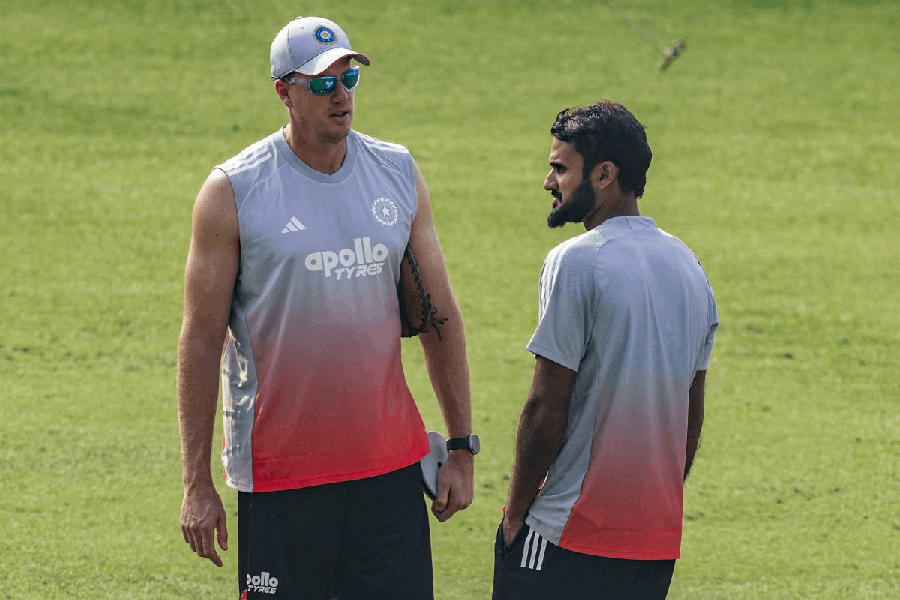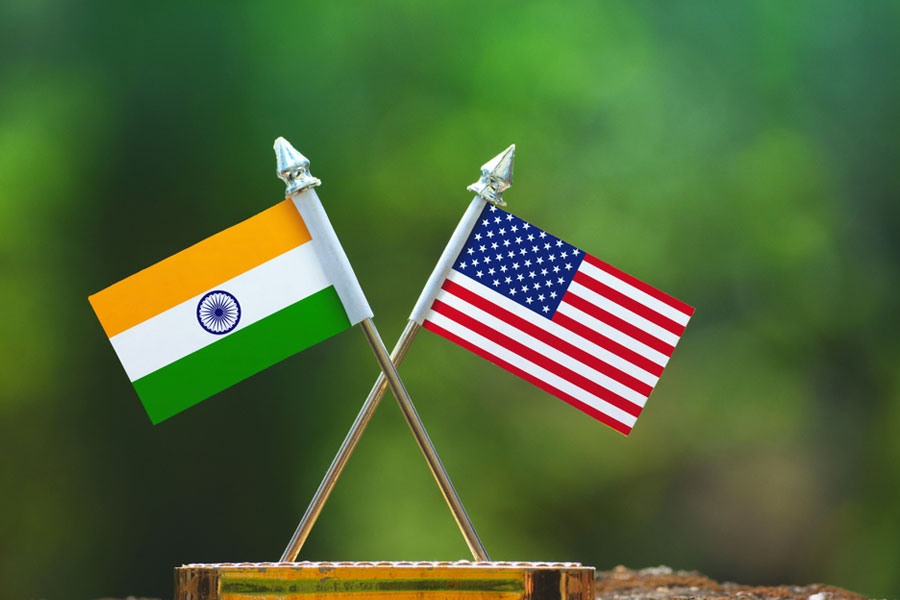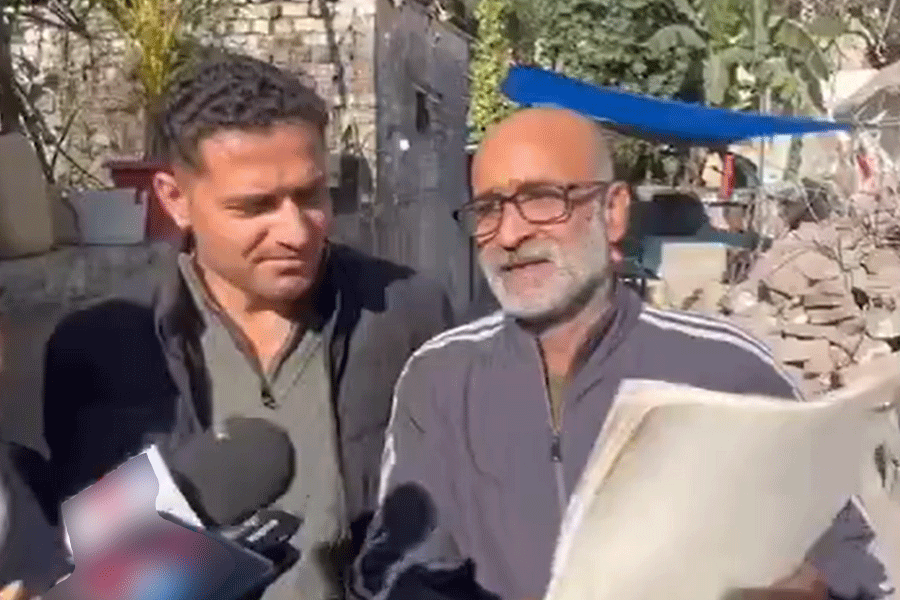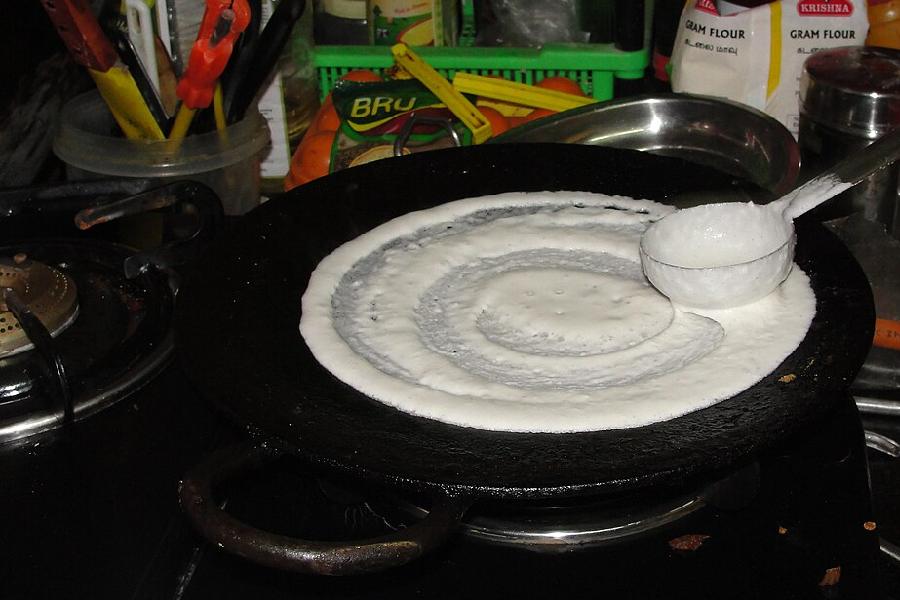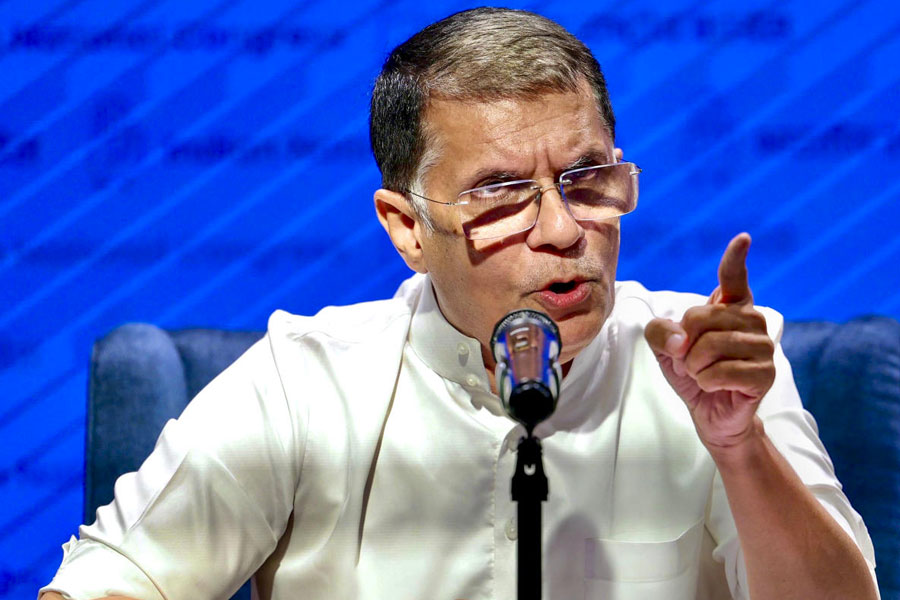Subhrajit Mitra’s Devi Chowdhurani arrives as an ambitious recalibration of Bankim Chandra Chatterjee’s 19th-century heroine: less a museum restoration than a cinematic act of resurrection. With Prosenjit Chatterjee’s steady magnetism anchoring the frame and Srabanti Chatterjee’s unexpected central turn, the film aims for something larger than a faithful literary adaptation — it strives to turn a canonical text into a living, combustible myth for contemporary viewers. For the most part, it succeeds. The film is visually sumptuous, musically rich, and emotionally galvanising. However, it reveals the strain of reconciling spectacle with narrative discipline. The result, though not flawless, is significant: a landmark in scale and ambition for modern mainstream Bengali cinema.
A heroine remade
The film’s greatest single achievement is its reimagining of Devi Chowdhurani as a fully embodied protagonist rather than a set of doctrinal ideas. Srabanti, who has been a familiar presence in Bengali popular cinema for years, delivers what many will regard as her most daring performance. She trades the actorly mannerisms audiences might expect for a leaner, more elemental presence: there is a vulnerability that can turn volcanic; a shyness that becomes resolve; a private pain whose containment eventually combusts into public action.
What is striking is the film’s refusal to sentimentalise the heroine. The screenplay allows her room to transform — to make mistakes, to negotiate, to learn how power looks and feels when exercised outside the narrow frames allotted to women in her world. That arc is the film’s emotional freight, and it stays compelling because Srabanti carries it with a welcome mixture of intensity and interior fragility rarely seen these days.
The stabilising star
If Srabanti’s Prafulla is the film’s blazing flame, then Prosenjit Chatterjee’s Bhavani Pathak is its steady hearth — not the spark that dazzles the eye but the ember that keeps the fire alive. Bhavani Charan Pathak, both in history and in folklore, has often been cast as a kind of archetypal rebel — half-bandit, half-saint. Chatterjee resists both the temptation to mythologise him into a swashbuckling Robin Hood figure and the opposite danger of rendering him as a mere mentor in Prafulla’s story. Instead, his performance feels like a study in calibration. Each gesture, each pause, each modulation of his voice suggests a man who knows that leadership is not about noise but about gravity.
Watch how he holds silence in scenes where others around him argue or plead: his stillness commands attention in ways more flamboyant acting never could. Chatterjee lets his Bhavani be defined by the spaces between words, by the glances that communicate authority without aggression.
Without Bhavani’s gravitas, Prafulla’s ascent might feel untethered, almost fantastical. The interplay between the two becomes the film’s hidden architecture. While Srabanti’s journey is one of eruption — vulnerability turning volcanic, fear sharpening into command; Chatterjee’s is one of containment — the older revolutionary who has already burnt through his youthful fire and now carries rebellion in his bones like a slow, steady drumbeat.
What further enriches the film is its worthy inclusion of the Sanyasi–Fakir rebellion, that extraordinary, if often under-taught, episode of resistance against the East India Company. In the 1770s and 1780s, dispossessed Hindu monks and Muslim fakirs — united by hunger, loss of land, and fury at oppressive taxation — took up arms together against the English. Bankim Chandra’s novel nods to this background, but Mitra embraces it, giving cinematic flesh to a moment when religious boundaries bent under the pressure of collective resistance.
The sight of saffron-clad ascetics and green-turbaned fakirs marching shoulder to shoulder carries a quiet political charge. These are not idealised warriors; they are ragged, desperate men whose solidarity is forged in suffering. In today’s climate, where narratives of fracture and division often dominate, these images strike like a counter-memory. They remind us that the first stirrings of resistance to colonial rule in Bengal were not neatly partitioned along communal lines. The alliance of sanyasis and fakirs transforms Devi’s journey from a singular arc into an echo of a collective history of resistance, one that dared — however briefly — to imagine solidarity across faith.
Direction and adaptation
Mitra’s approach to Bankim is neither slavish philology nor reckless modernisation. He treats the novel as a living repository — a set of cultural resonances and narrative bones that can be scaffolded with folklore, archival textures, and cinematic invention. This adaptive posture pays off in sequences that feel like composite artefacts: ritualised gatherings that suggest oral tradition, set pieces that draw from historical detail without becoming didactic, and moments where the film’s production design reads as if rescued from a fading archive only to be reanimated for the screen.
This balancing act — between reverence and reinvention — is the director’s boldest gamble. At times, it yields the film’s most potent moments: the transition scenes where private grief hardens into public resolve, or the sequences where the heroine learns to shape her voice into a political tool. But the choice to inhabit such a wide terrain also exposes the film to a core risk: the more Mitra attempts to keep the story both mythic and documentary-textured, the more the narrative occasionally loosens its grip.
Sensory engine
Technically, Devi Chowdhurani raises the bar for what Bengali period filmmaking can achieve. The production design feels measured and tactile: props, costumes, and interiors are rendered with a specificity that suggests thorough historical research. The camera work oscillates between composed, almost ritualised frames and kinetic, handheld sequences when the story demands intimacy or urgency. This visual duality allows Mitra to glide between spectacle and interiority without losing his thematic throughline. However, limited budget constraints could be felt in the quality of the ambitious CGI work. Also, the night sequences, apparently shot ‘day for night’, have left room for some improvement.
Musically, the score works as an emotional glue. The soundscape does not merely accompany action; it elevates it. There’s an old-world texture to the music that complements the film’s folkloric interpolations, and the editing often lets the sound lay a path where the image lingers.
Where ambition meets friction
If the film’s virtues are visual and performative, its recurrent problem is structural pacing. The first half moves with a surging clarity: character-beats land, stakes are established, and the world-building feels exacting. Scenes in the second half, however, intended to deepen historical texture occasionally begin to feel additive rather than accumulative; an exposition that seeks to honour the novel’s ideological density can become a weight rather than a propellant. This slackening is not fatal: when Mitra chooses clarity and compression, the film snaps into scintillating focus. Tighter editing or a more aggressive pruning of ancillary set pieces might have preserved the film’s more harrowing emotional beats.
Politics, gender and contemporary resonance
What makes this adaptation notable is not merely its scale but its political tact. Devi’s ascent is dramatised as a kind of re-education in power. In doing so, the film interrogates what it means for a woman to occupy public space in a society that had long confined female agency to the domestic sphere.
Importantly, Mitra avoids flattening the story into a simplistic “women’s empowerment” banner. Power in the film is complicated and ambivalent — victories are partial, choices carry cost, and the choreography of rebellion is often messy. This ethical equivocation is one of the film’s more rewarding threads: it resists triumphant closure in favour of a more historically and morally textured imagining.
Performances across the board
Beyond the two leads, the supporting players furnish the world with the necessary tonal variety. The very talented but underutilised Arjun Chakrabarty, along with an assured Bibriti Chatterjee, add class and heft to Rangaraj and Nishi; Darshana Banik as Sagar is a bundle of pleasant surprise, while Kinjal Nanda adeptly turns Brajeshwar into a weakling. Sabyasachi Chakrabarty as zamindar Harballabh Roy is eminently believable, as are the rest of the very able supporting cast. However, the performances would have been pitch-perfect had there been no continuity issues with the local dialect spoken by the characters.
Final appraisal
Devi Chowdhurani is a film of generous aims: it wants to be an independent conversation with a literary classic, a period spectacle, and a contemporary meditation on gender and power. For long stretches, it pulls this off with authority. Prosenjit Chatterjee’s stabilising presence, Srabanti’s tour de force performance, impeccable production values, and a resonant score make the film an emotionally and sensorially memorable experience.
Ultimately, Subhrajit Mitra’s film deserves credit for marking a moment in Bengali cinema when scale and seriousness are no longer treated as curiosities but as viable artistic commitments. If the film sometimes groans under its own grandeur, it also signals the emergence of a cinema willing to take those groans seriously — and, more importantly, willing to imagine a classic not as a relic but as a conversation partner for the present.

